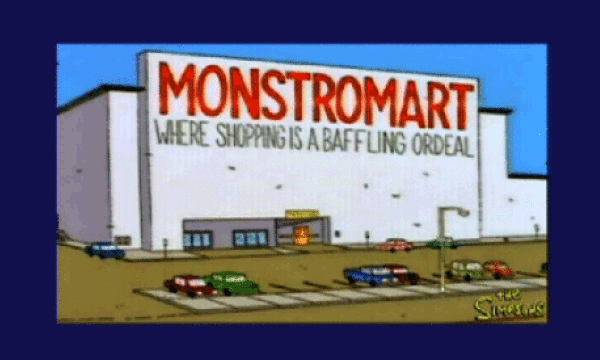We are the sum of our choices. In many ways, what we choose is a declaration of who we are and our choices even impact how we relate to each other.
Insightful marketers understand that having fewer choices usually correlates with better, more actionable decision-making. As the number of choices increases, the choosing experience becomes less liberating and satisfying and actually can be a source of anxiety, as more choices demand more of our ‘working memory’ to process. Suddenly we lose our keys more often and forget why we walked into the room we’re standing in. We actually overload our working memory with all of the decisions we make – both the big choices, and the small ones.
Here’s what usually happens when you offer people too many choices:
- Delay: People will delay their decision, procrastinate, and even go against their own best self-interests when presented with more choices than their working memory can process.
- Less engaged: The gap between being overwhelmed and tuning out is razor thin.
- Unsatisfied: The more offerings placed in front of us, the less satisfactory choices we will make. Our working memory cannot go that deep while working on other things… like breathing, walking, etc.
In the The Paradox of Choice Barry Schwartz adds: “At the other end of the spectrum, when people have no choice, life is almost unbearable. As the number of available choices increases, as it has in our consumer culture, the autonomy, control, and liberation, the cumulative effect this variety brings is powerful and positive. But as the number of choices keeps growing, the negative aspects of having a multitude of options begin to appear. As the number of choices grows further, the negatives escalate until we become overloaded. At this point, choice no longer liberates, but debilitates. It might even be said to tyrannize.”
Sheena Iyengar is a leading thinker of understanding choice. She offers four “C”s to brand marketers to help reduce the amount of overload and anxiety.
1. CUT – there are so many undifferentiated products and services out there. Do we really need to have 30 different flavors of breath mints? If we eliminate redundant offerings, we cut production costs and make it easier for consumers to choose and keep moving.
2. CONSEQUENCE – Visually illustrate the consequence of a choice. If you are offering a romantic waterfront dinner for couples on Valentine’s Day – make it easy for people to see themselves in that experience. When we know what we are getting into, we usually choose with greater confidence and less delay.
3. CATEGORIZE – If we can’t reduce what we are presenting (think stocks, retirement funds), we can make it easier by putting similar choices in categories. It is much easier to choose better if we at least know the ‘flavor’. Instead of offering 60 retirement plans presented as 60 choices, group them into flavors like ‘aggressive growth’, ‘safe and reliable’
4. CONDITION FOR COMPLEXITY – If you do need to present a series of complex choices to people, ease them into the complexity. Start slow, and then work into more. If you do that, the people will be less likely to retreat to defaults.
Ultimately we choose how much of our working memory we can allocate to decisions. Understanding that is a win-win for the one offering the choices, and the one making the selection.
The Blake Project Can Help: Get actionable guidance from experts on Brand Differentiation and Growth strategy.
Branding Strategy Insider is a service of The Blake Project: A strategic brand consultancy specializing in Brand Research, Brand Strategy, Brand Growth and Brand Education





One comment
Guy
October 20, 2014 at 7:16 am
I couldn’t agree more. I think the most common overload is in restaurants where the menu has many, many pages.
Certainly simplicity is important. But there are also some interesting issues:
– Is there strategic value for the largest brand to have a lot of variants to crowd the others out?
– Can a small brand survive, not having a full complement of variants?
– Do new variants (e.g., all the cool vodka flavors, such as Smirnoff Iced Cake) re-enliven the brand to get sales going? Should these new variants simply be considered short term or seasonal, to bring consumers back to the base (unflavored) variant?
– Without experimentation, can a brand survive without introducing new variants, even if they are to test the waters
It would be interesting to run some tests between stores where there are fewer variants available v. more variants available to determine what actually drives more overall volume.
Great article. I will be purchasing the book.
Thanks
Guy
Comments are closed.